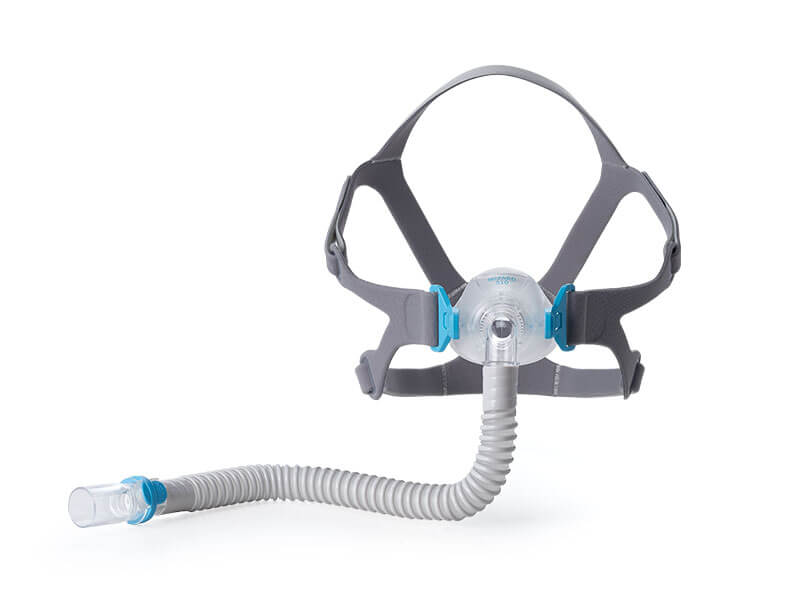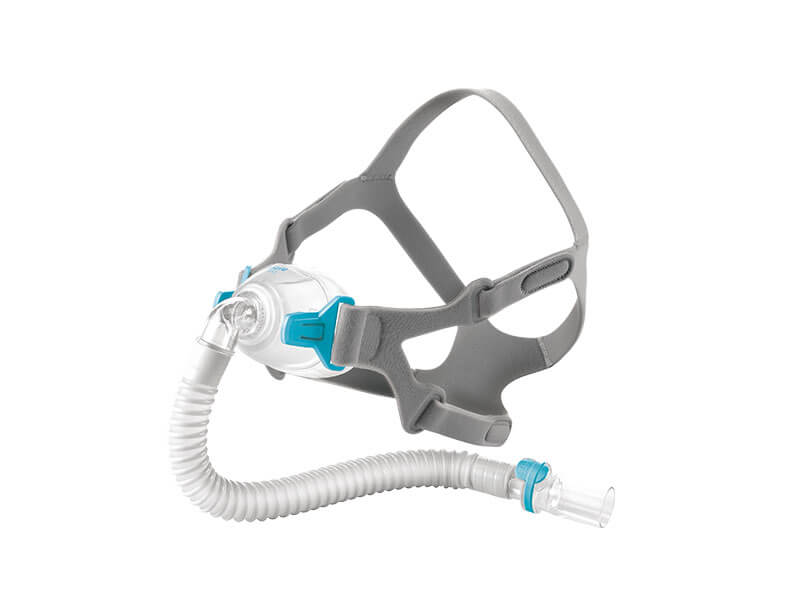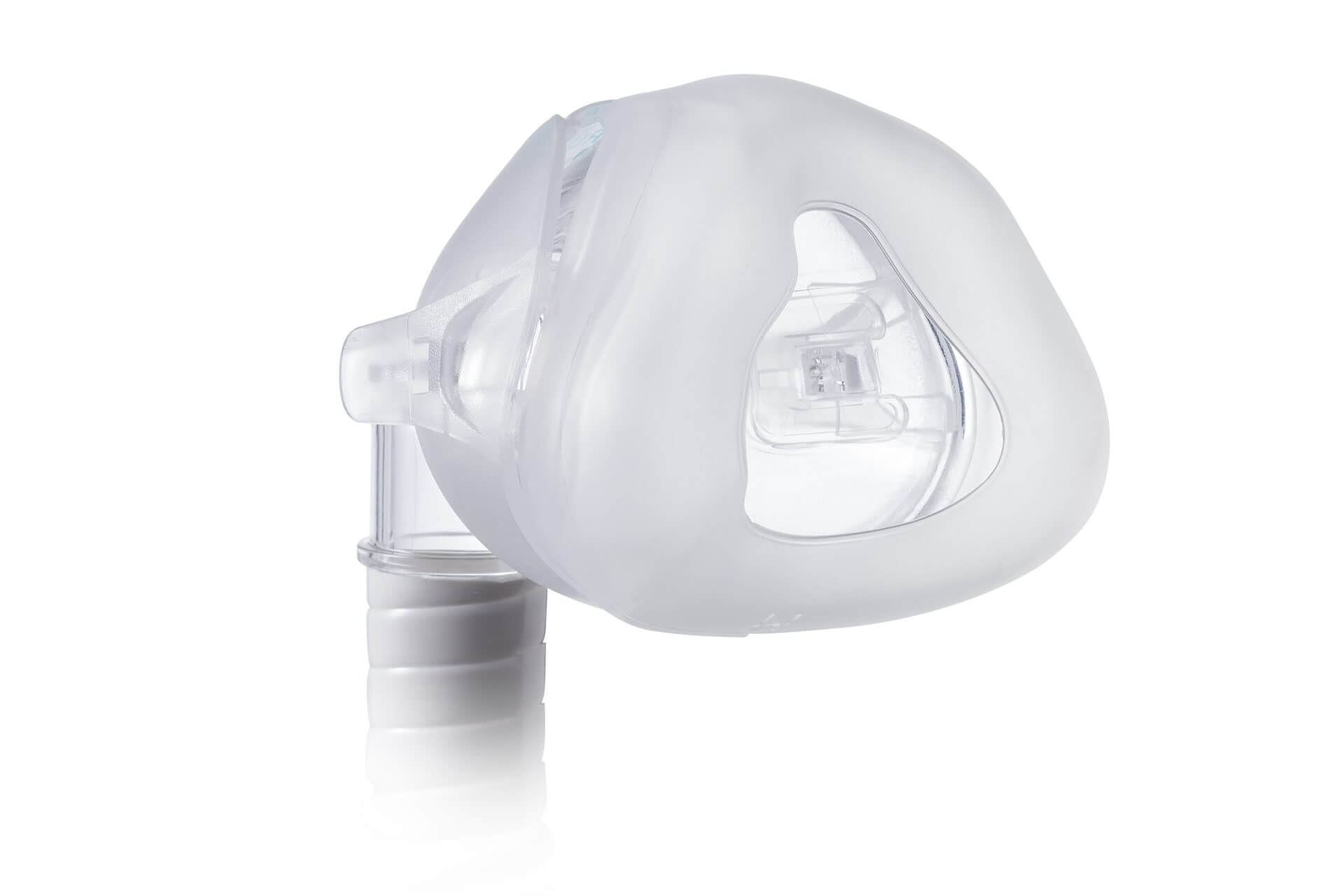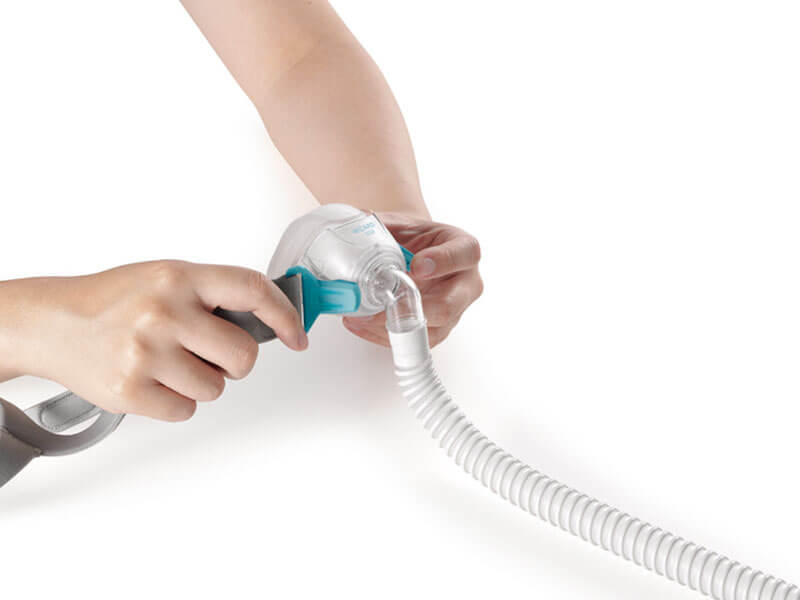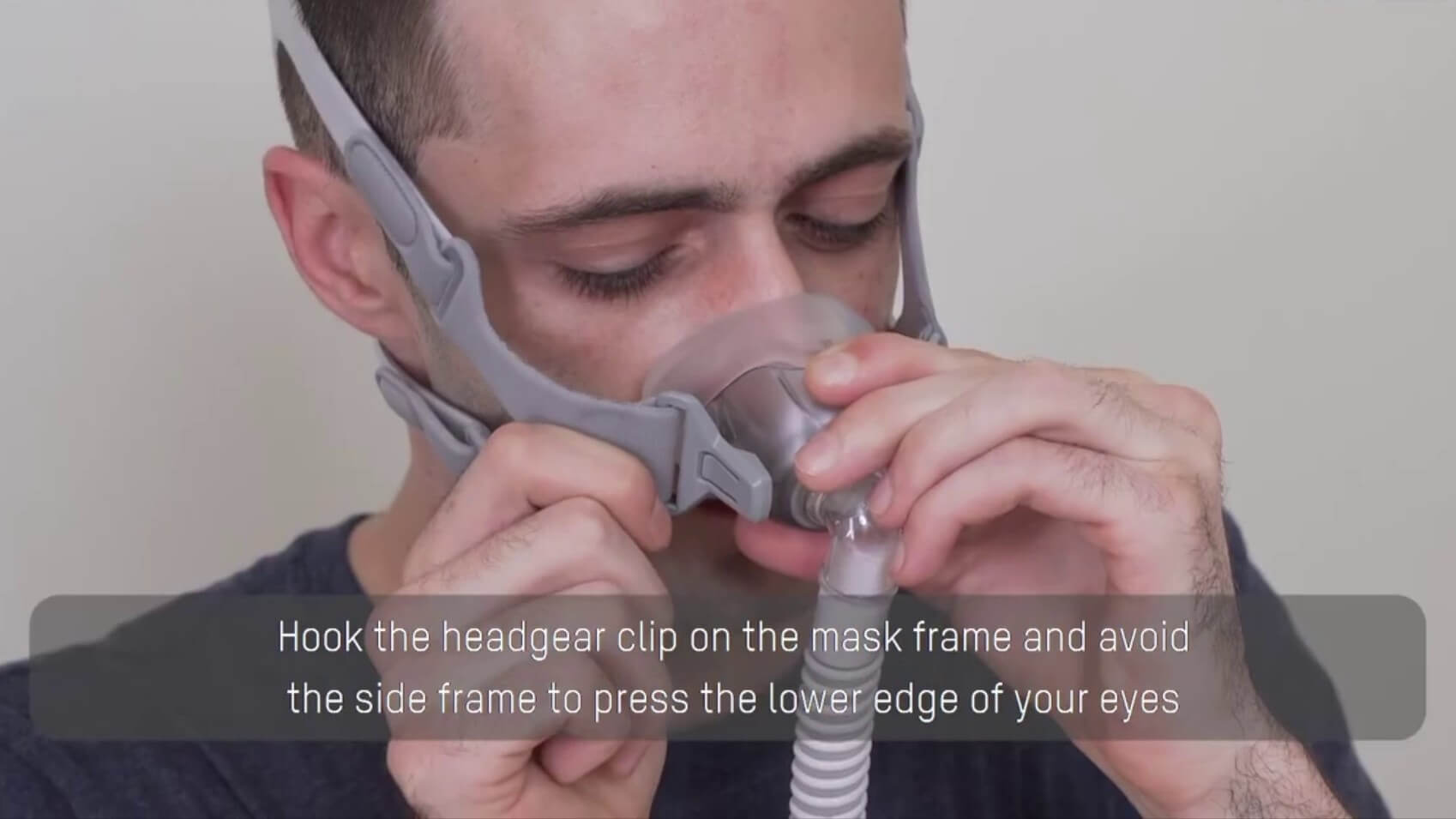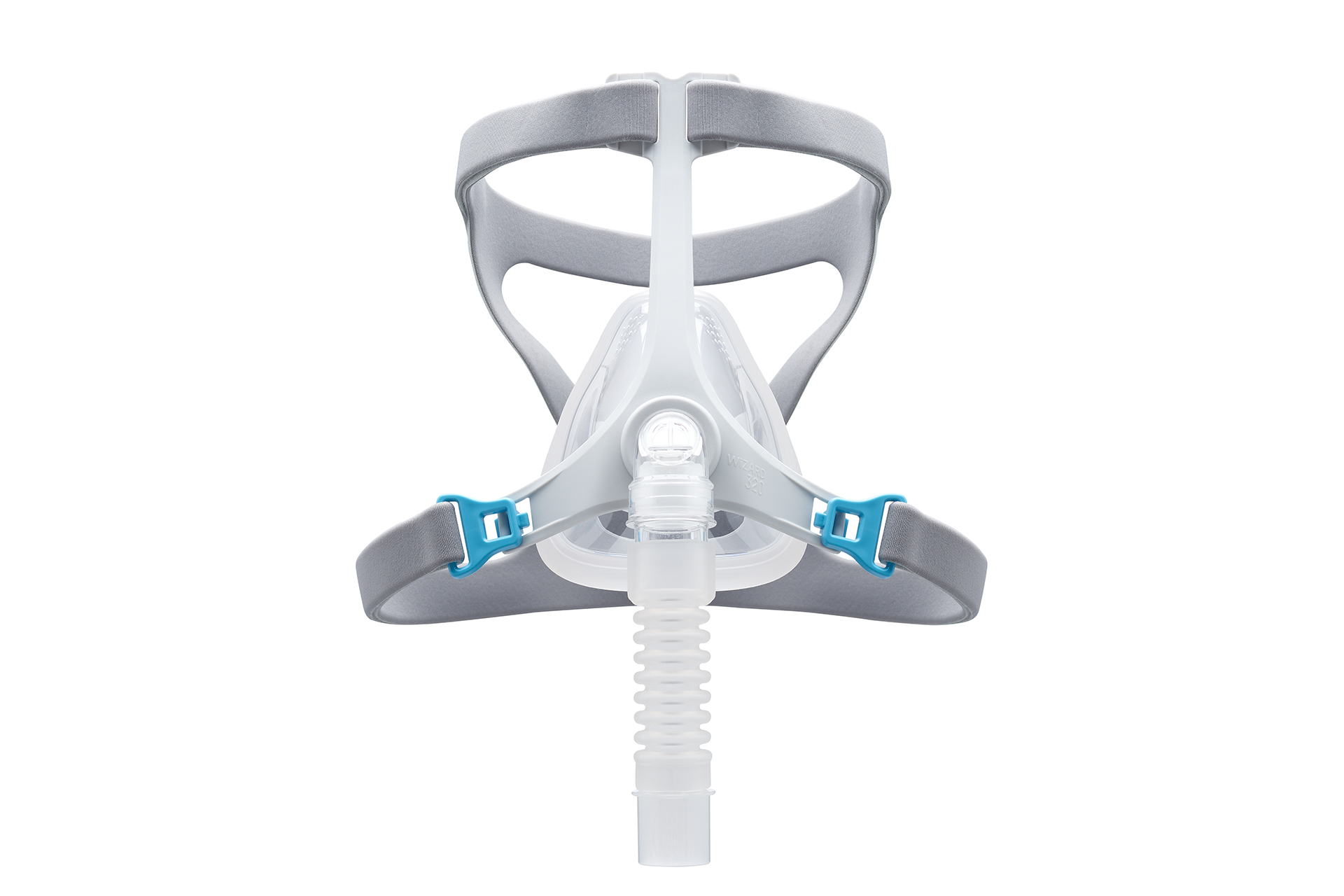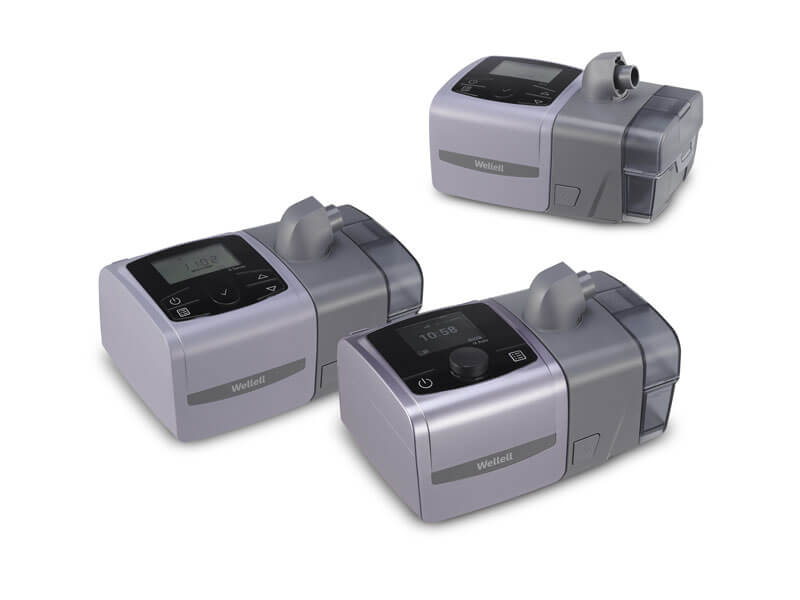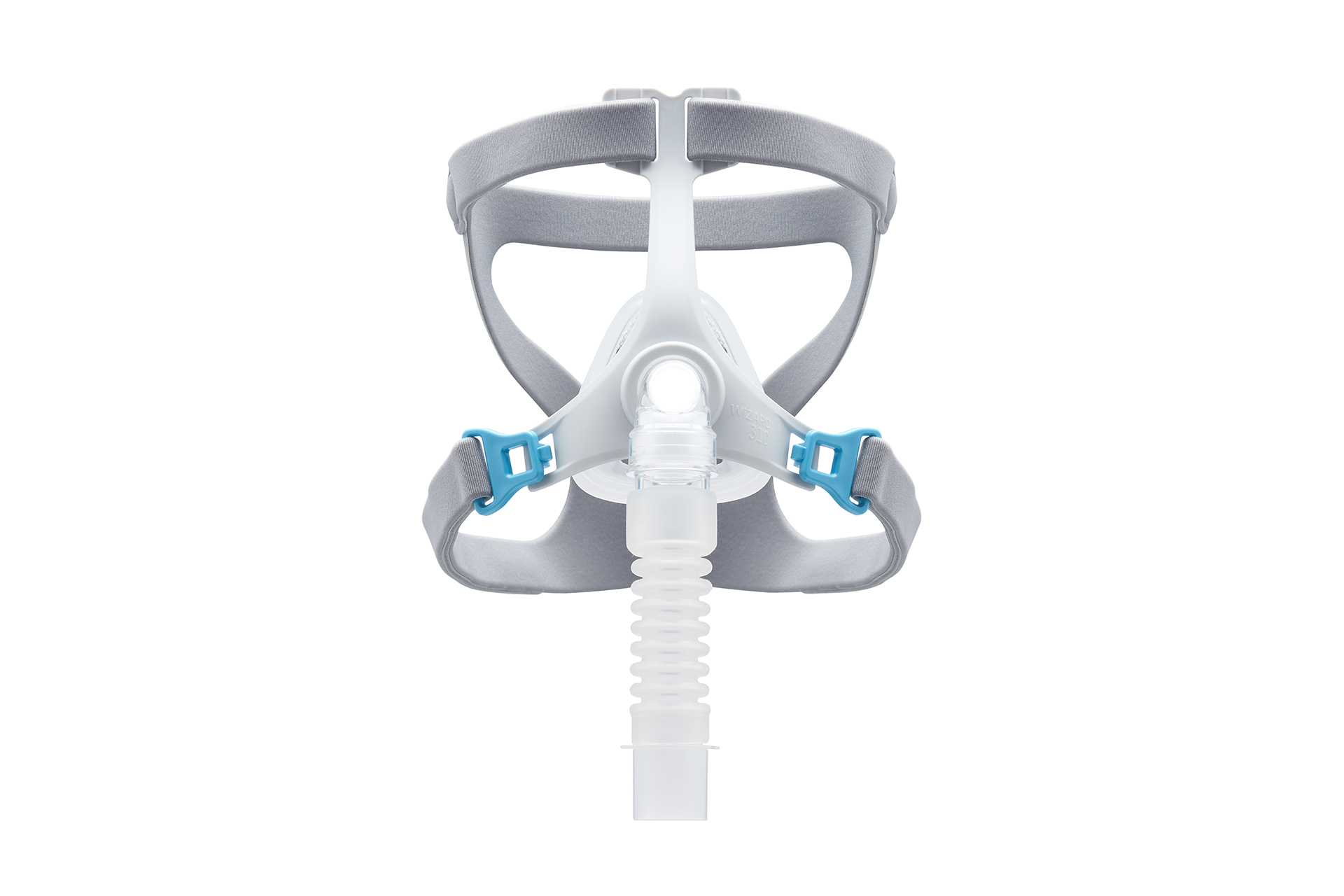WiZARD 510
Comfort and stability for sleep-disorder breathing therapy — Improving sleep quality and long-term therapy compliance.
Contact Us For More Info
Individuals with sleep-disorder breathing can experience improvements in their sleeping quality in as little as two weeks of positive airway therapy and significantly reduce daytime sleepiness and its impact on quality of life. Factors such as properly minimising breathing obstruction incidents, improving mask comfort, and reducing the risk of pressure sores, air leakage around the cushion, claustrophobia, nasal congestion, and additional complications from frequent treatment sessions drastically impacts therapy compliance.1,2
WiZARD 510's human-centered design for maximum stability and comfort, unobstructed vision, minimal noise, and easy maintenance simplifies the therapy process, improving user experience and long-term adherence to positive airway pressure therapy.
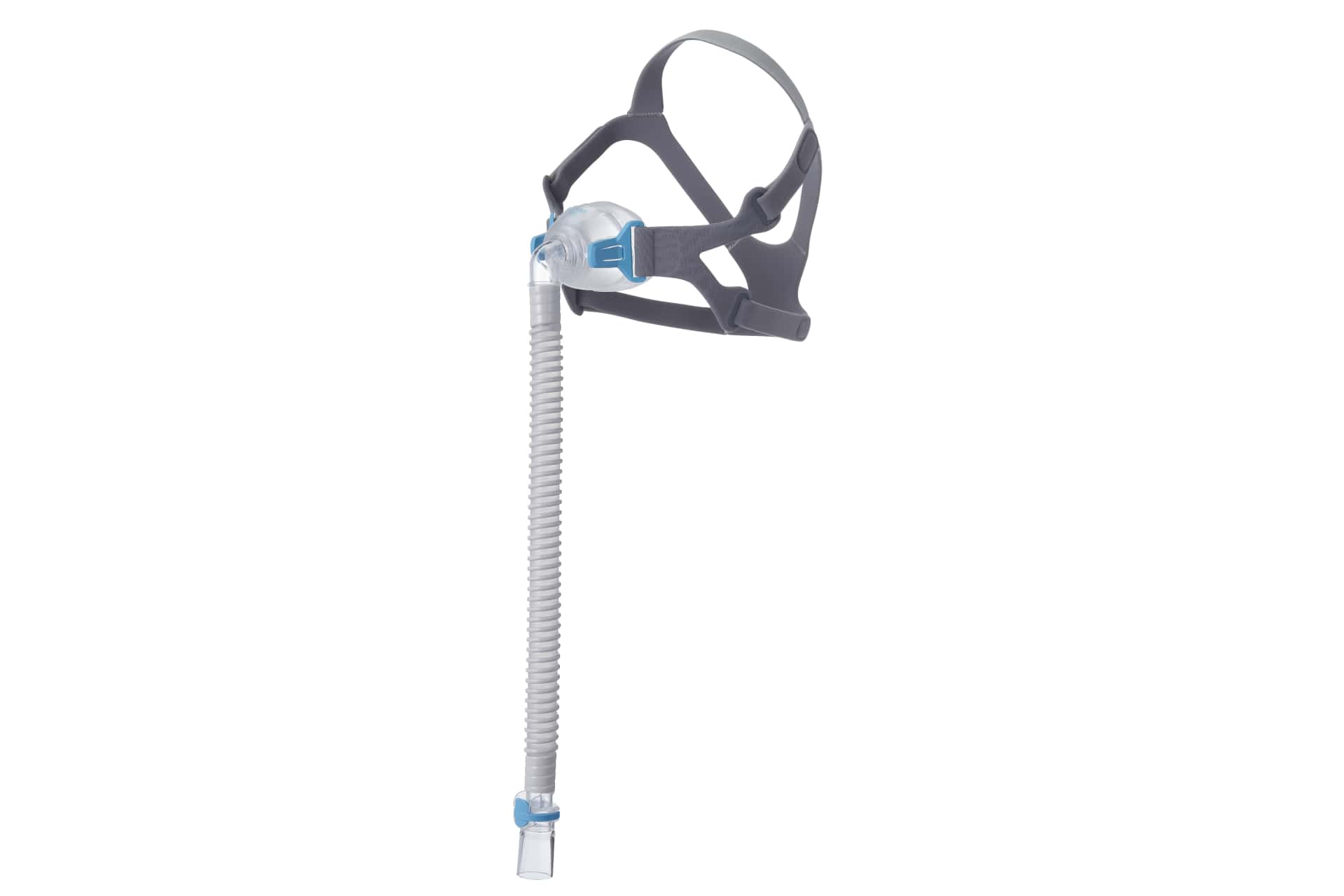
Sleep Comfortably, Quietly, and Safely
- Side frame made from soft fabric conforms gently to the user's face, minimising pressure on the cheek bones during sleep.
- Forehead-free design provides unobstructed field of vision, allowing users to enjoy leisure activities without distractions or disruptions.
- Patented ventilation design technology minimises escaping airflow and eliminates noise, ensuring users enjoy a good quiet sleep.
- Snap-on, buckle, and quick release parts, flexible tubing, and durable material simplifies assembly, cleaning, and maintenance.
- 3D-sculpted headgear, breathable framing material, and ergonomic cushion contours to the face, improving comfort and stability.
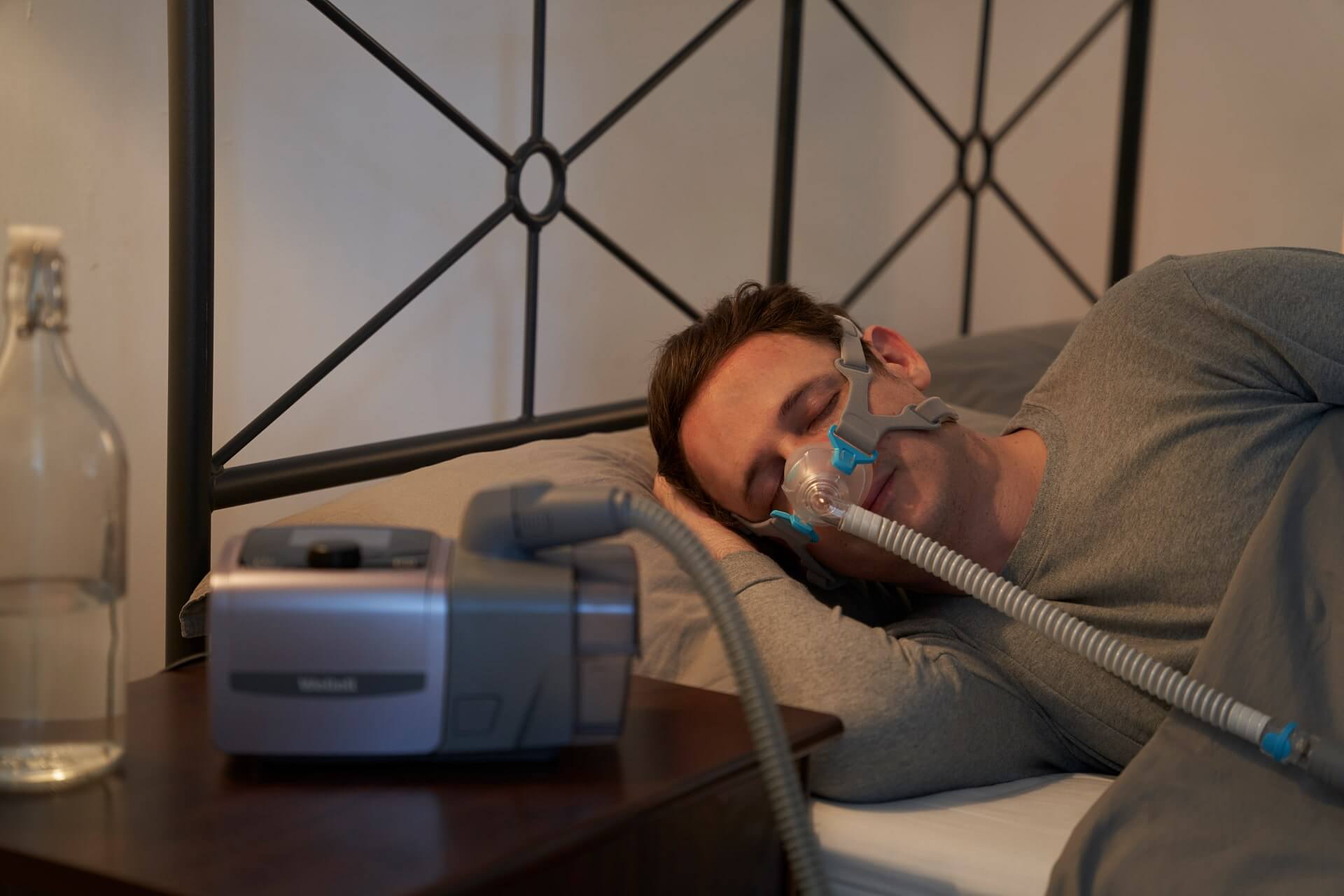
Continuous comfort on the face allows users to stay asleep all night and wake up without markings on the skin.
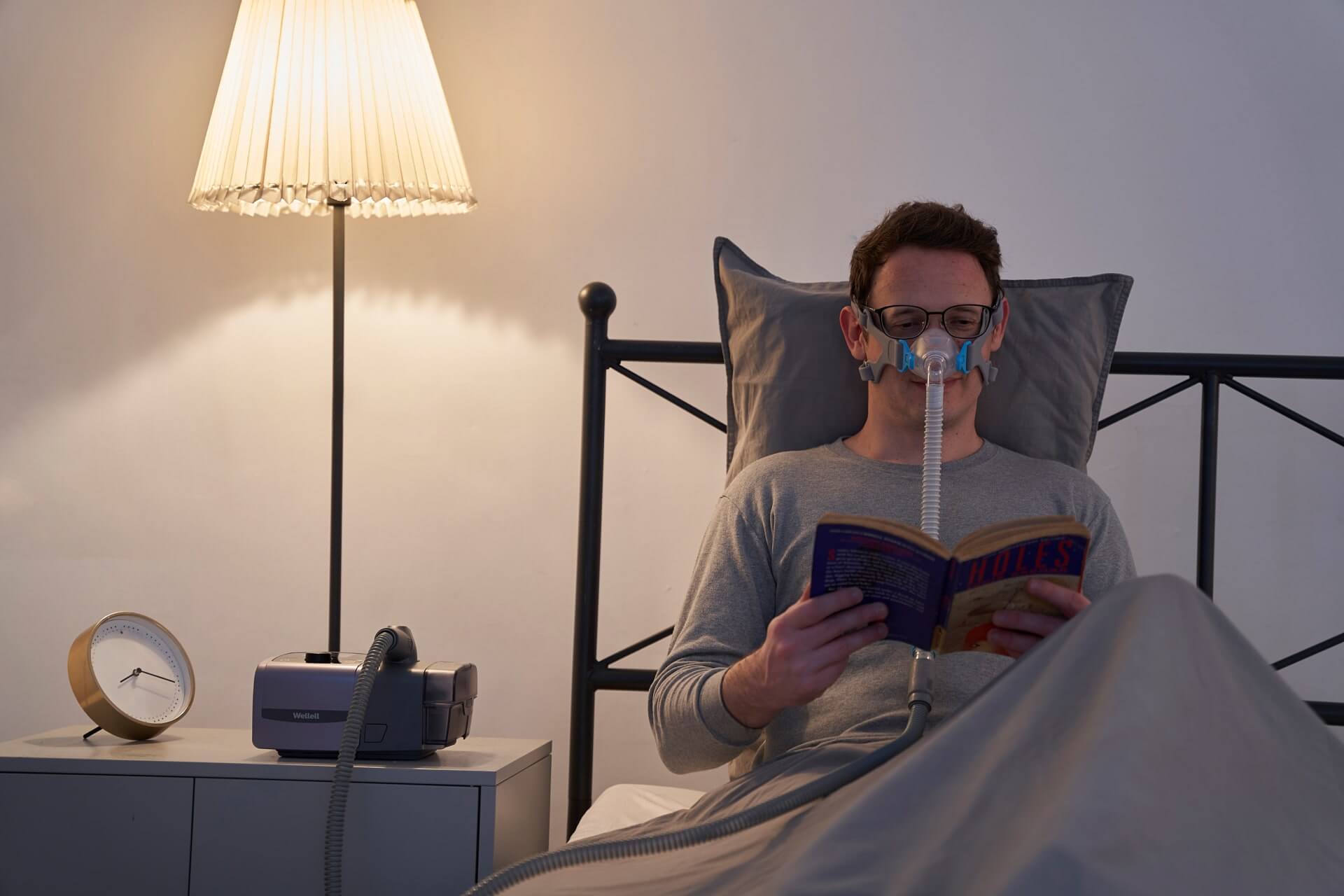
Users are free to enjoy night-time leisure activities while receiving steady air pressure with a fitted mask.
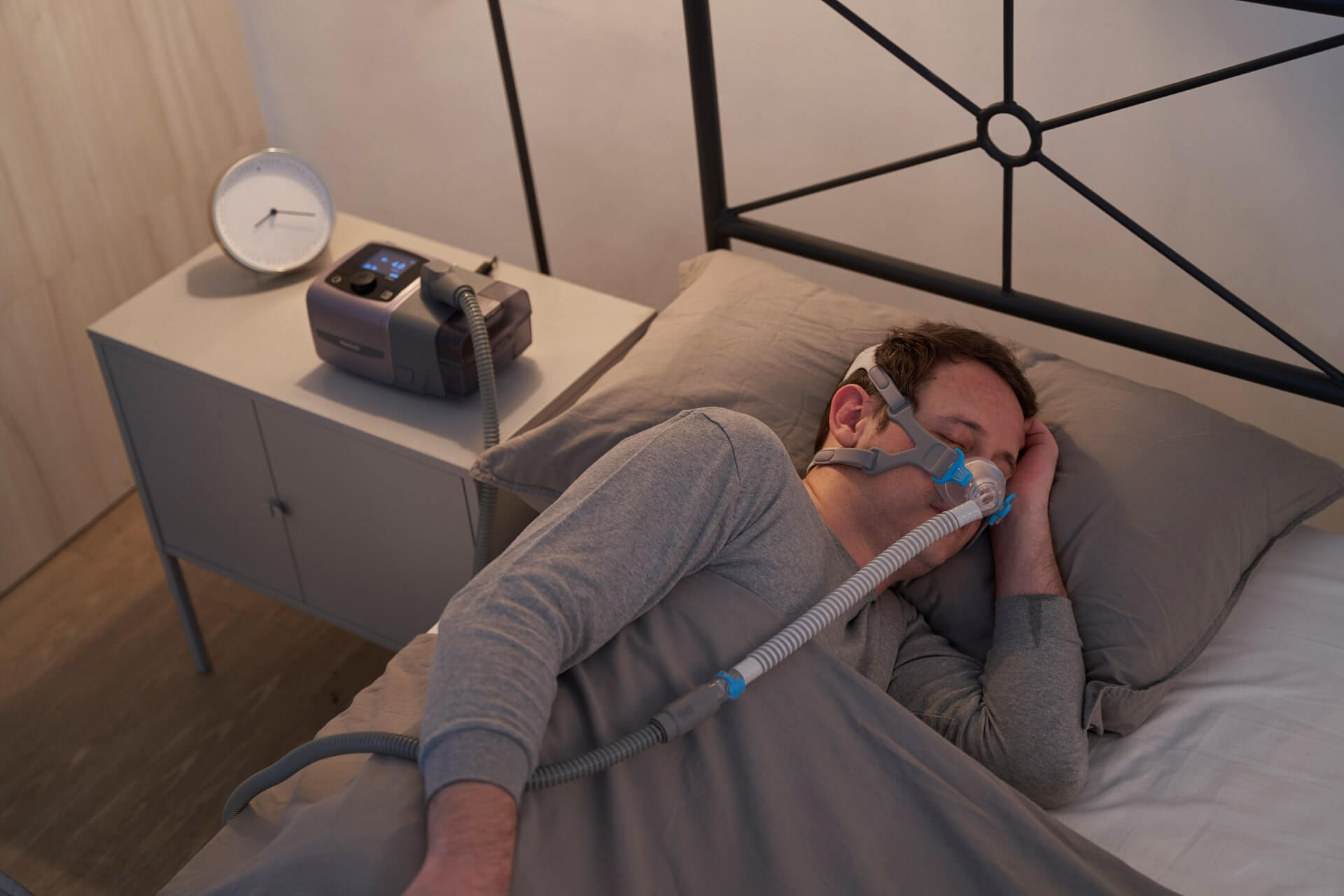
Getting a full night's sleep for the user and their partner is much easier without noise and air leak disruptions.
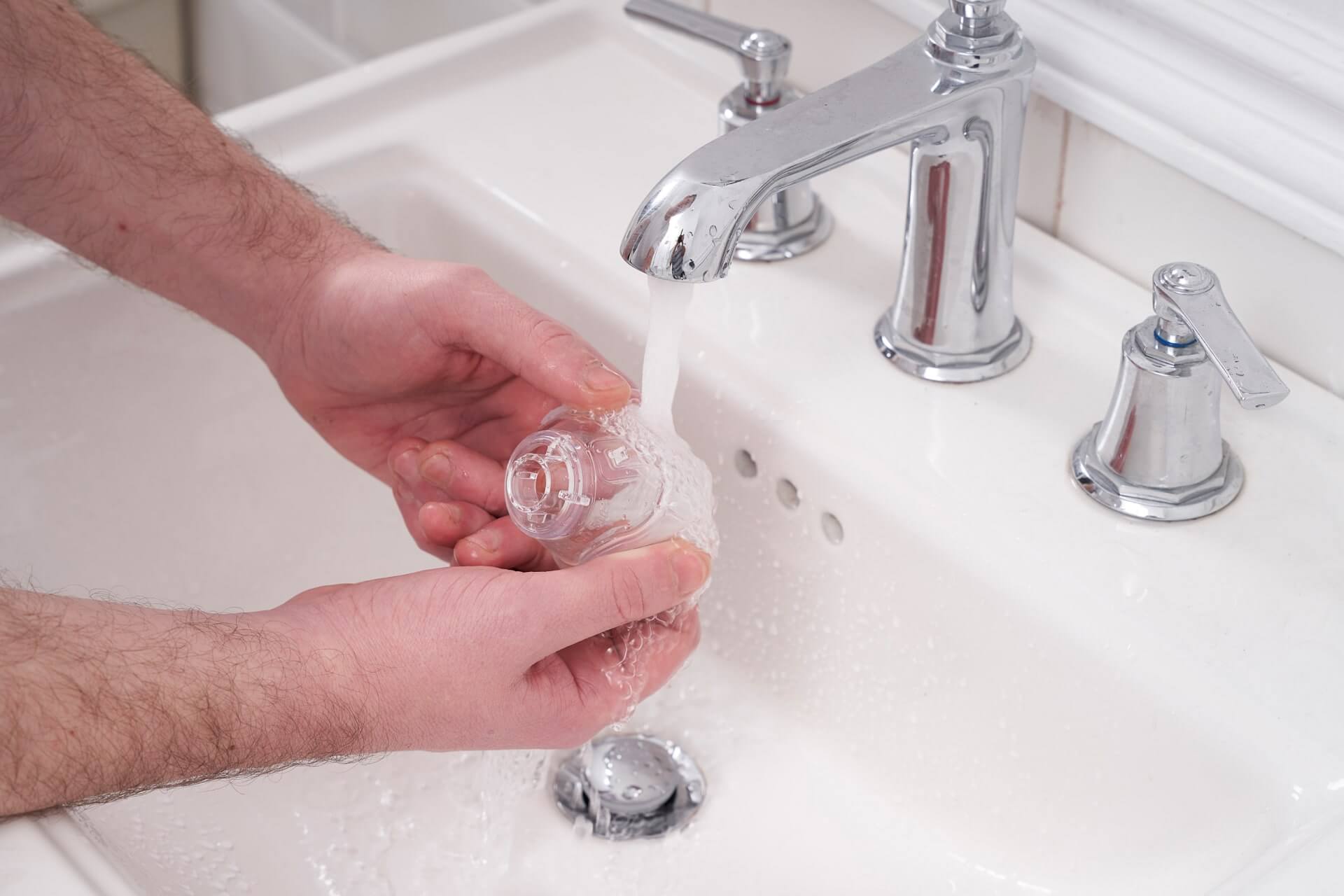
Simple cleaning and storing steps keep the therapy process hassle-free and quickly helps users develop good maintenance habits.
| WiZARD 510 | ||
|---|---|---|
| Type | Nasal Mask | |
| Acceptable Therapy Pressure | 4-30 cmH2O | |
| Mask Size | L, S/M | |

Sleep Comfortably, Quietly, and Safely
- Side frame made from soft fabric conforms gently to the user's face, minimising pressure on the cheek bones during sleep.
- Forehead-free design provides unobstructed field of vision, allowing users to enjoy leisure activities without distractions or disruptions.
- Patented ventilation design technology minimises escaping airflow and eliminates noise, ensuring users enjoy a good quiet sleep.
- Snap-on, buckle, and quick release parts, flexible tubing, and durable material simplifies assembly, cleaning, and maintenance.
- 3D-sculpted headgear, breathable framing material, and ergonomic cushion contours to the face, improving comfort and stability.

Continuous comfort on the face allows users to stay asleep all night and wake up without markings on the skin.

Users are free to enjoy night-time leisure activities while receiving steady air pressure with a fitted mask.

Getting a full night's sleep for the user and their partner is much easier without noise and air leak disruptions.

Simple cleaning and storing steps keep the therapy process hassle-free and quickly helps users develop good maintenance habits.
Nasal masks have a smaller skin contact surface area and are less bulky than a traditional full-face mask. They are a great option for individuals who are more likely to feel claustrophobic.
No. Each part of the mask can be purchased and replaced as singular units so, no need to buy a whole new mask.
Yes. The WiZard 510 does not have parts made from latex, PVC, or DEHP and is ISO 10993 biocompatibility test verified.
Reference
- Patel, Sanjay R et al. “Continuous positive airway pressure therapy for treating sleepiness in a diverse population with obstructive sleep apnea: results of a meta-analysis.” Archives of internal medicine vol. 163,5 (2003): 565-71. doi:10.1001/archinte.163.5.565
- Kohler, Malcolm et al. “Predictors of long-term compliance with continuous positive airway pressure.” Thorax vol. 65,9 (2010): 829-32. doi:10.1136/thx.2010.135848

